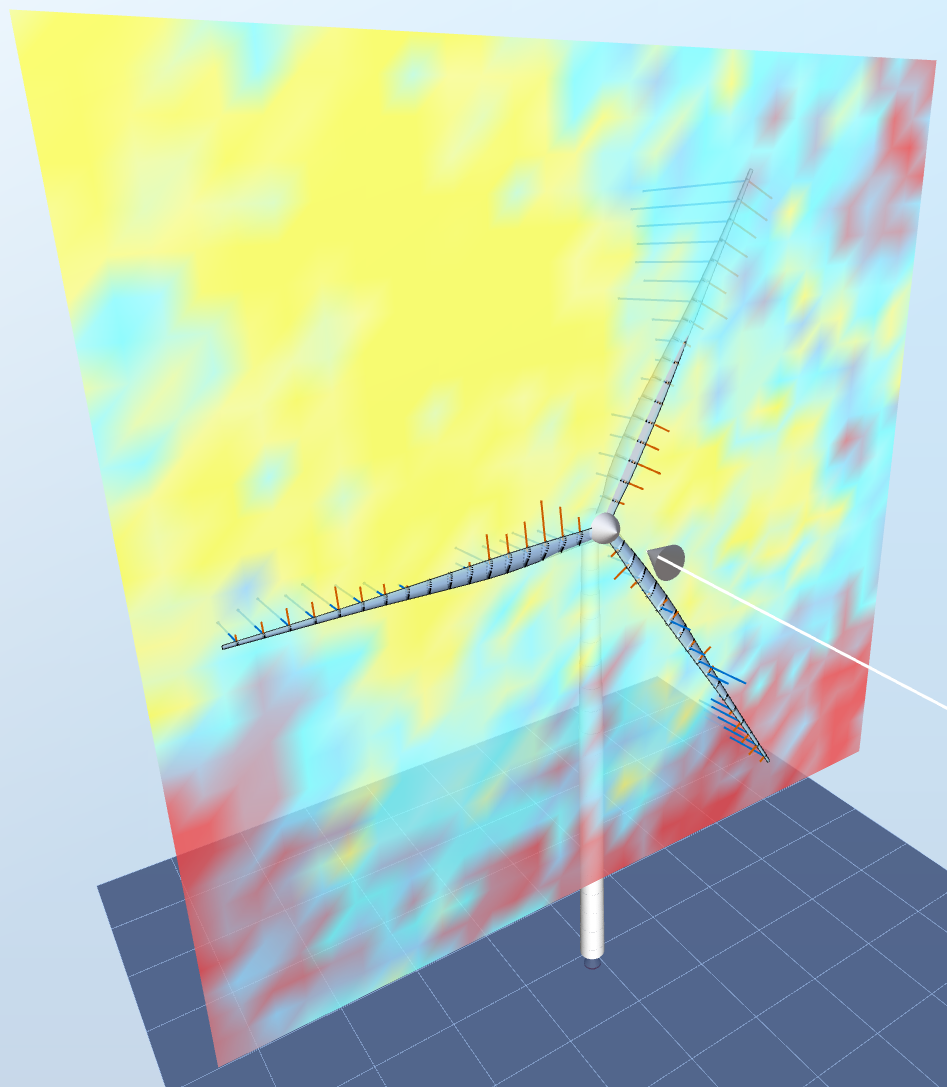Simulators
Aeroelastic Simulators
The chair of structural mechanics currently conducts research that necessitates numerical aero-servo-hydro-elastic simulations. The aero-servo-hydro-elastic simulators used by the group members include external pageFASTcall_made, external pageHAWC2call_made and external pageAshescall_made.
For further information contact: Dr. Imad Abdallah

High Fidelity Simulation of Wind Turbine Blades
Wind turbine blades are designed to satisfy several conflicting design constraints, such as slenderness, stiffness and the ability to withstand random wind loads, for time-scales that exceed 20 years. An integral part of the main load carrying structure of wind turbine blades consists of continuous fiber composite materials, which exhibit very good stress induced fatigue performance and high stiffness and strength characteristics. However, of modelign, fatigue behaviour and damage of composites still poses a challenge.
Although experimentally calibrated models for fatigue and static damage of composites do exist in literature, those properly adapted to the anisotropic behaviour of the composites are limited and largely phenomenological. In this work, the Progressive Fatigue Damage Model is implemented in order to provide a framework for high fidelity fatigue life prediction, incorporating degradation effects for composite wind turbine blades. The model is able to capture the evolution of anisotropic failure criteria for arbitrary stress states due to fatigue, offering a means to high fidelity investigations on fatigue accumulation of composite blades. To this end, a realistic 1.5MW wind turbine blade is simulated, and stresses are retrieved at the level of the cross section using well established tools (FAST, BECAS, ANSYS).
For further information contact: Charilaos Mylonas
